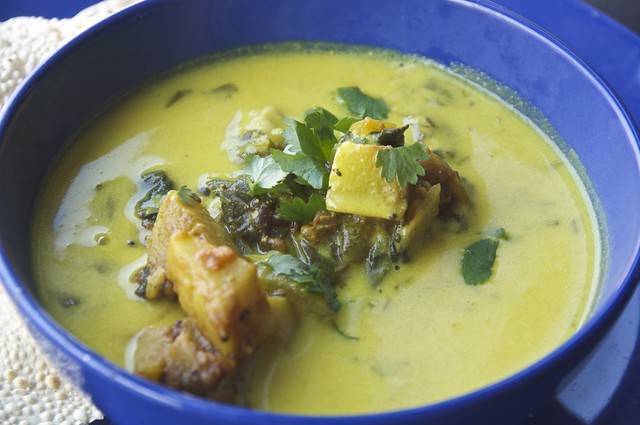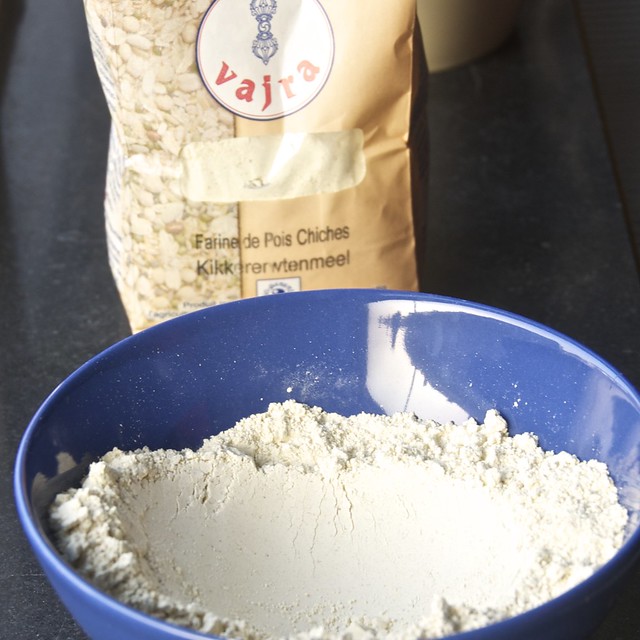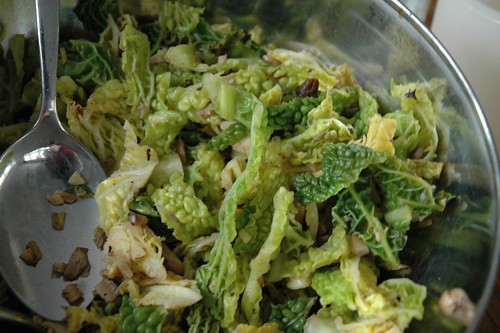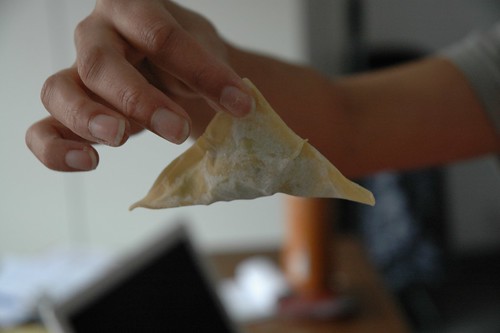Here is an awesome recipe you should customize and make. I like to pop up here every once in while and put a recipe up. We have made this about 3 times. It's really good. I got fancy last night and made an avocado cream sauce which was finger-licking and plate-licking good.
I make a version of dry-baked burritos that use 10" tortillas that are stuffed with pinto beans, onions, garlic, potatoes, and 1 of the Field Roast Mexican Chipotle sausages (or you could use Morningstar sausages). I've made this a few times and I never measure anything so here is an approximation. You can customize to whatever you have on hand.
Burritos with Avocado Crema
Yield: 4 servings
For burritos:
3/4 cup dry pinto beans, soaked for at least 4 hours, or substitute 1, 14 oz can of cooked pinto beans.
Olive oil
1/2 small onion
1 clove garlic
1 small waxy yellow or red potato
1 Mexican-Chipotle Field Roast sausage, crumbled
1.5 cups shredded cheese, like cheddar
8-10 10" tortillas
Avocado Crema
Yield 1 and 1/2 cups
Recipe adapted from the Hass Avocado Board here.
2 ripe avocados
1 lime
1/3 cup yogurt
some cream
water to thin
salt
Jalapeno, deveined and deseeded (optional)
Recipe follows in main directions
For garnishing finished burritos:
Thinly sliced lettuce, like Romaine
Chopped cilantro and spring onions
Directions:
1. Cook pinto beans and potato together in the pressure cooker. I use the smaller fry pan. Place soaked beans in cooker, and add enough water to the 1/2 indication level. Place whole, unpeeled potato on top of the beans. Cover, heat over high heat, and bring to high pressure. Cook 14 minutes on high pressure turning the heat down to maintain high pressure.
Since a potato has been added to the pan, watch the pressure cooker to avoid pressure falling once it reaches pressure. Once time is up, use the natural release method to let cool. Once cooked and cooled, drain the pinto beans and peel the potato once cool enough to handle.
Preheat oven to 350 º F; Lightly grease a large baking tray that is 9 x 12".
2. In a wide and deep saute pan, heat up olive oil and saute the onion and garlic together. I usually wipe out the pressure cooker fry pan and use the same pan to avoid using too many pots. Add in the Field Roast sausage crumbles and then cube the potato and add it in. Taste for salt and add some if it needs it. Turn the heat off and stir everything together to combine it well.
3. Set out the tortillas and cheese on a plate. Taking 1 tortilla at a time, add 1-2 tablespoons of cheese and spoon about 1/4 cup or more of the bean mixture in the center of the tortilla. Take up the sides, and center it by pushing up then down. Fold the sides in from the middle and roll the burrito up tucking the sides inside so no filling spills out. Put seam side down in pan. Repeat with all burritos. Once done, set burritos in oven and bake for 15-20 minutes watching that the tops don't get too brown.
4. In a blender, add the flesh of the avocado, the juice of the lime, about 3 tablespoons of water, and the yogurt, and the jalapeno. Blend. If too thick, thin with water and then add the cream. Adjust for salt and lime juice. You want it creamy but not too thin. Once done set aside.
5. Now to plate everything: Place 2 burritos on a plate and smother them with the avocado crema. Top with cilantro and spring onions and lettuce. Serve immediately.
Now, if you'll excuse me, I have some leftover burritos to devour. Happy Spring - almost Summer!

























